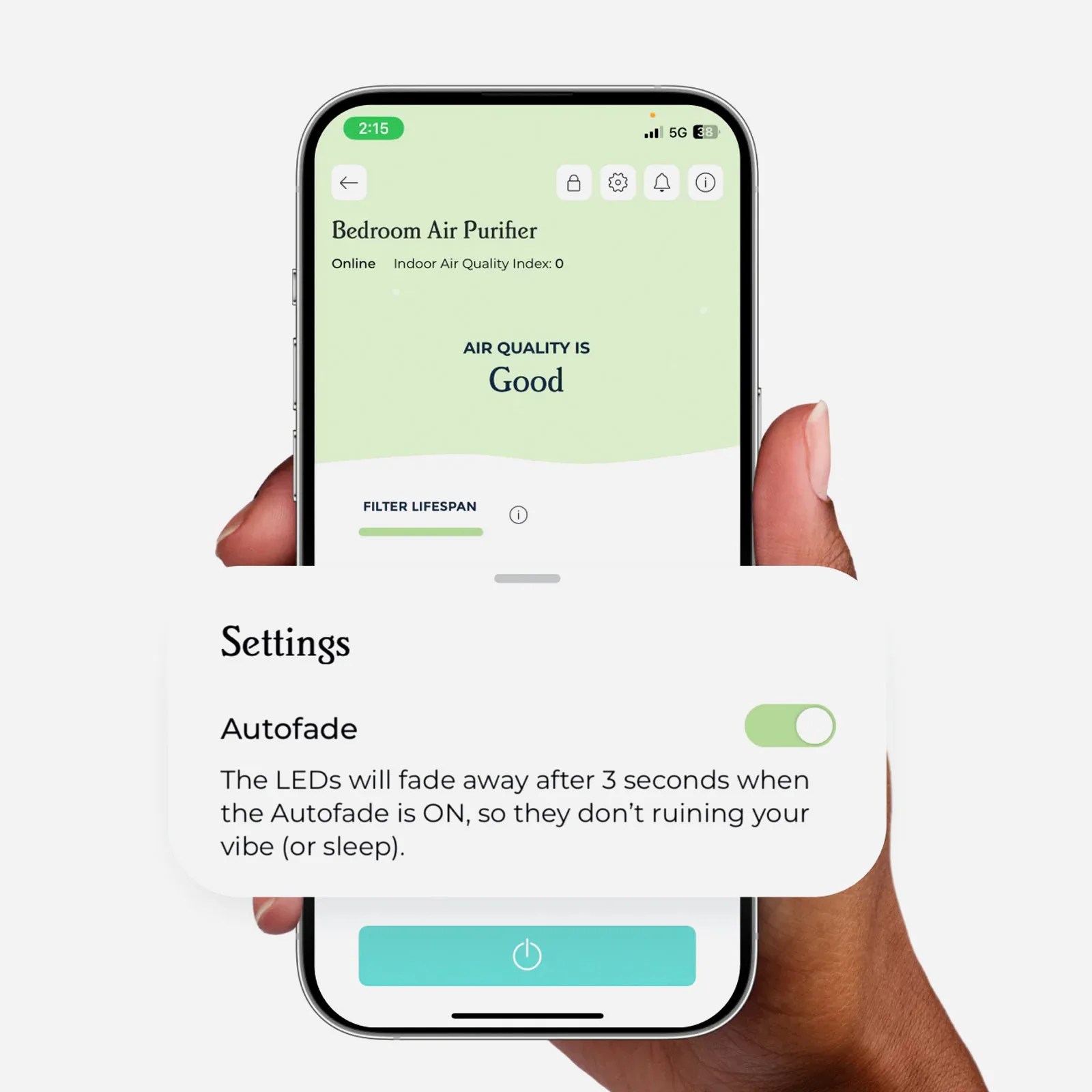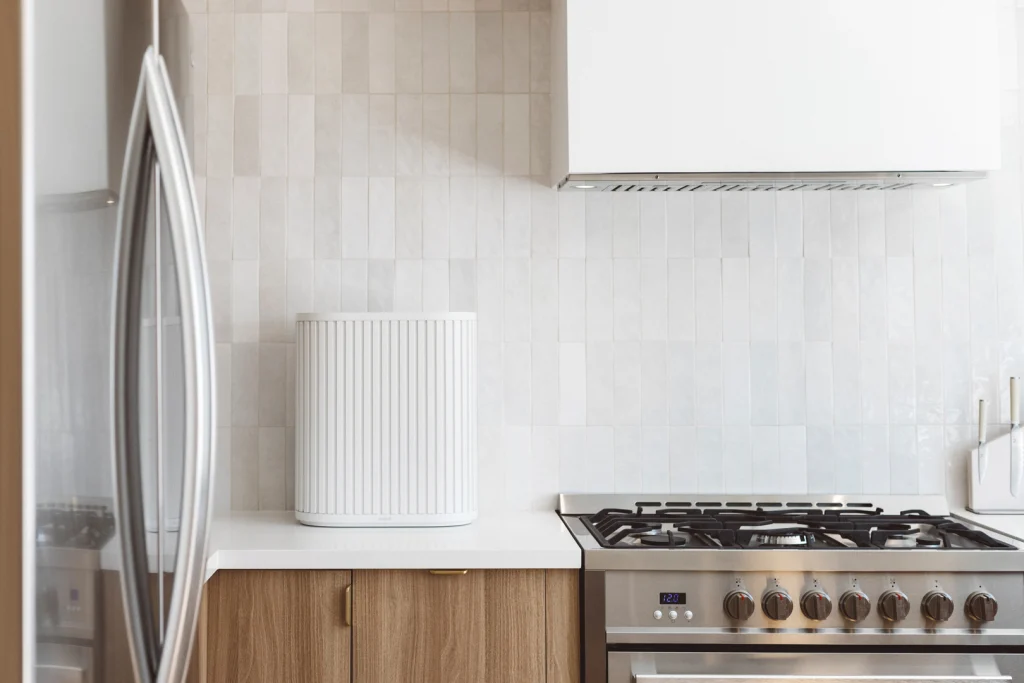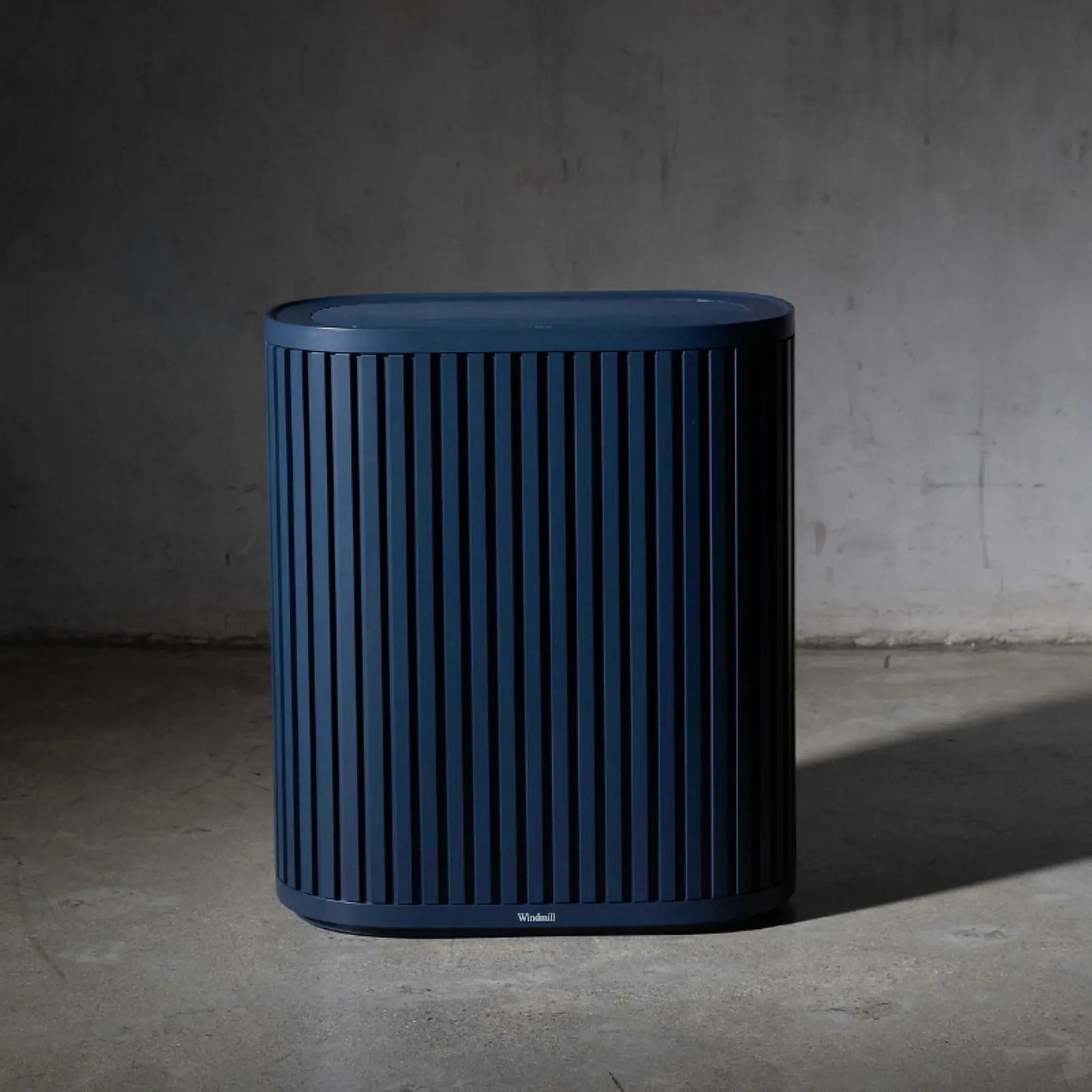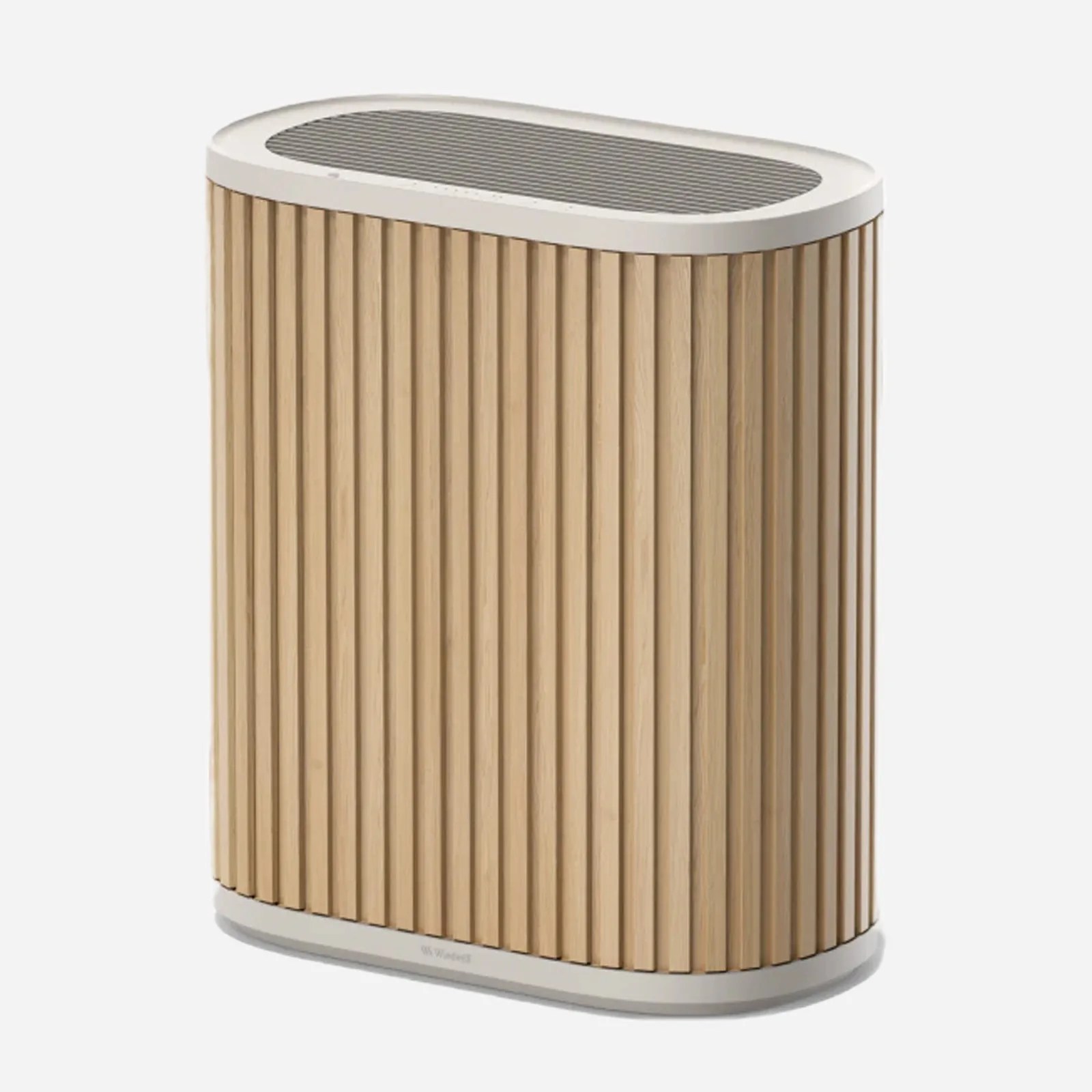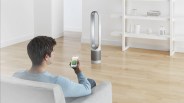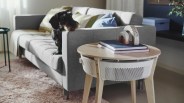Windmill was already a new brand with a lot going for it. Back in 2022, the company’s sleek and smart window AC unit took off on TikTok. Based on the viral status, our team decided to review and confirm that it generally delivered on its promise of smart controls and features in a better-looking package.
Now the company has even more reasons for optimism. On October 8th, Windmill announced its entrance into a new, yet adjacent product category: air purifiers. It also shared it had raised $5 million in Series A financing “to further accelerate growth.”
The Founder’s of Yeti Like What They Saw
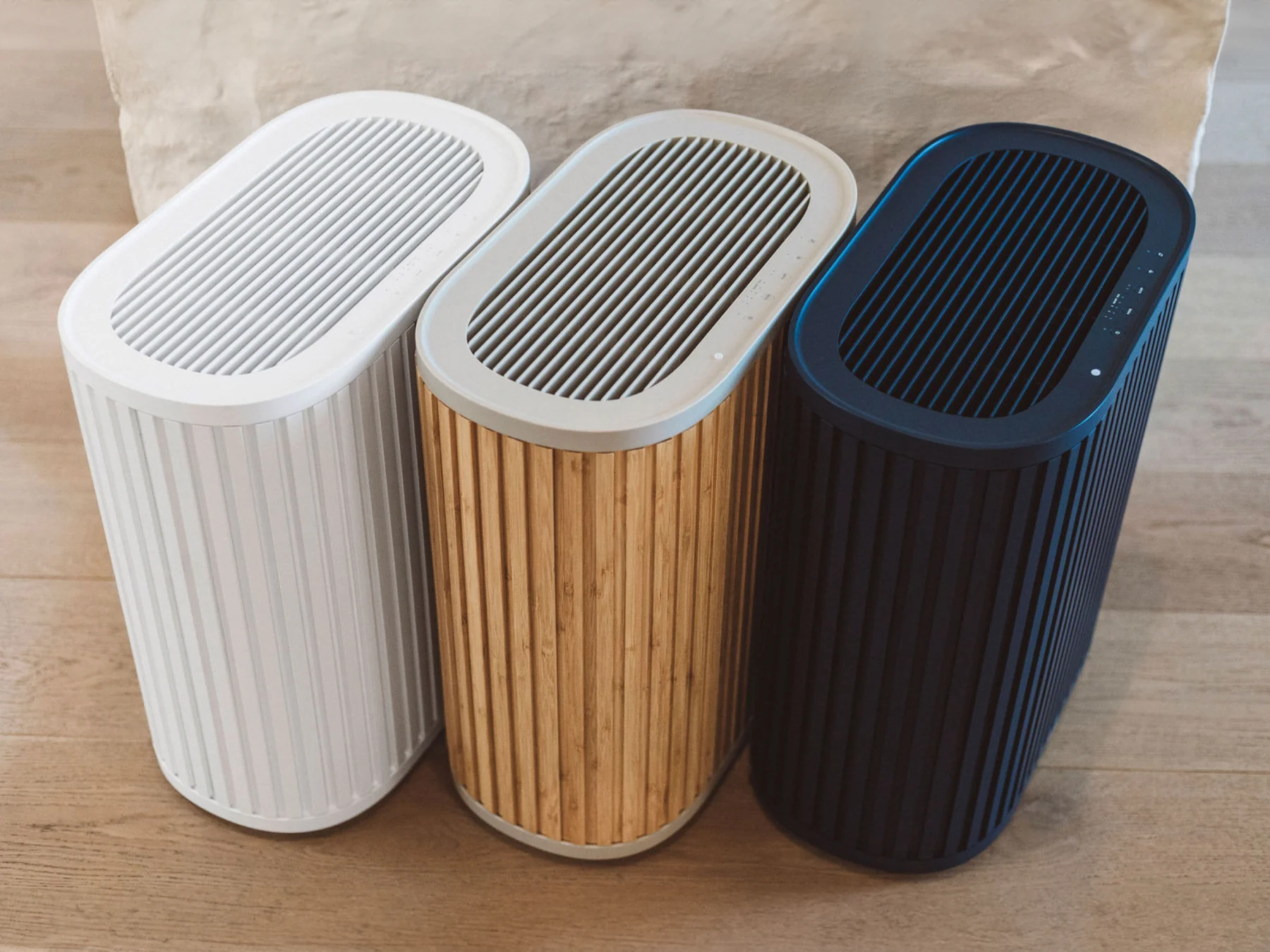
What caught our eye in particular, though, was where the money was coming from. Yeti Capital was the first investor mentioned in the press release.
In case the name didn’t give it away, it’s the investment company created by two people with plenty of first-hand experience transforming seemingly mundane and ultra-competitive product categories into prestige status symbols.
Roy and Ryan Seiders founded Yeti in 2006 and helped build it into the global outdoor lifestyle powerhouse brand it is today. Roy served as CEO of Yeti until 2015 and now sits as Chairman in addition to co-leading Yeti Capital.

